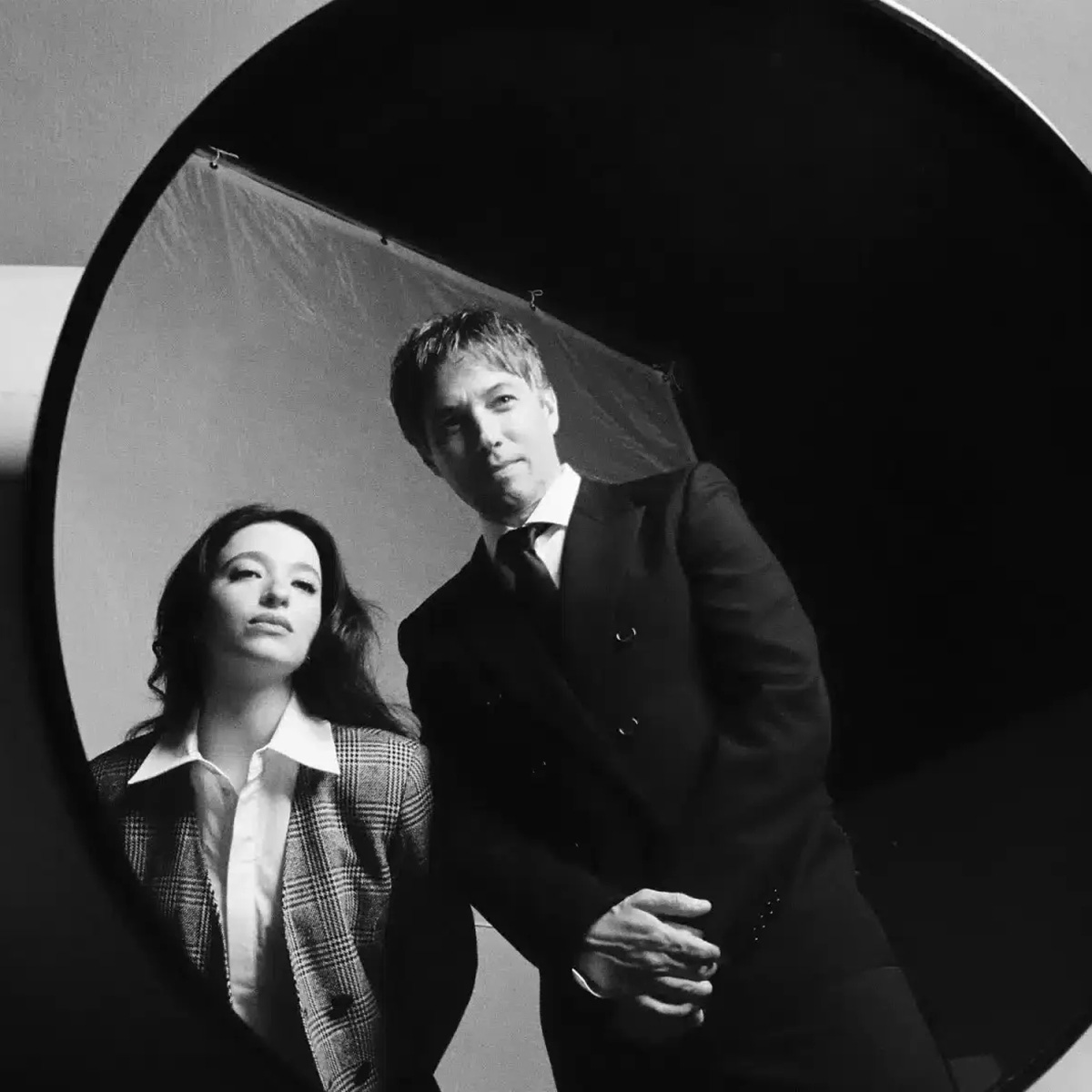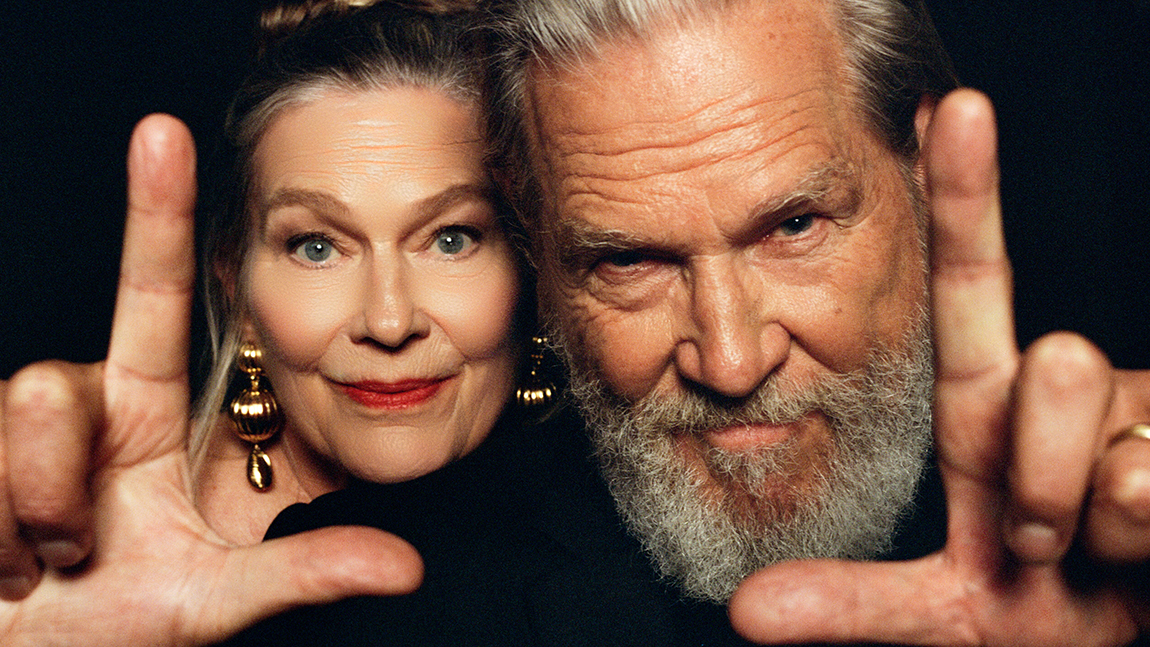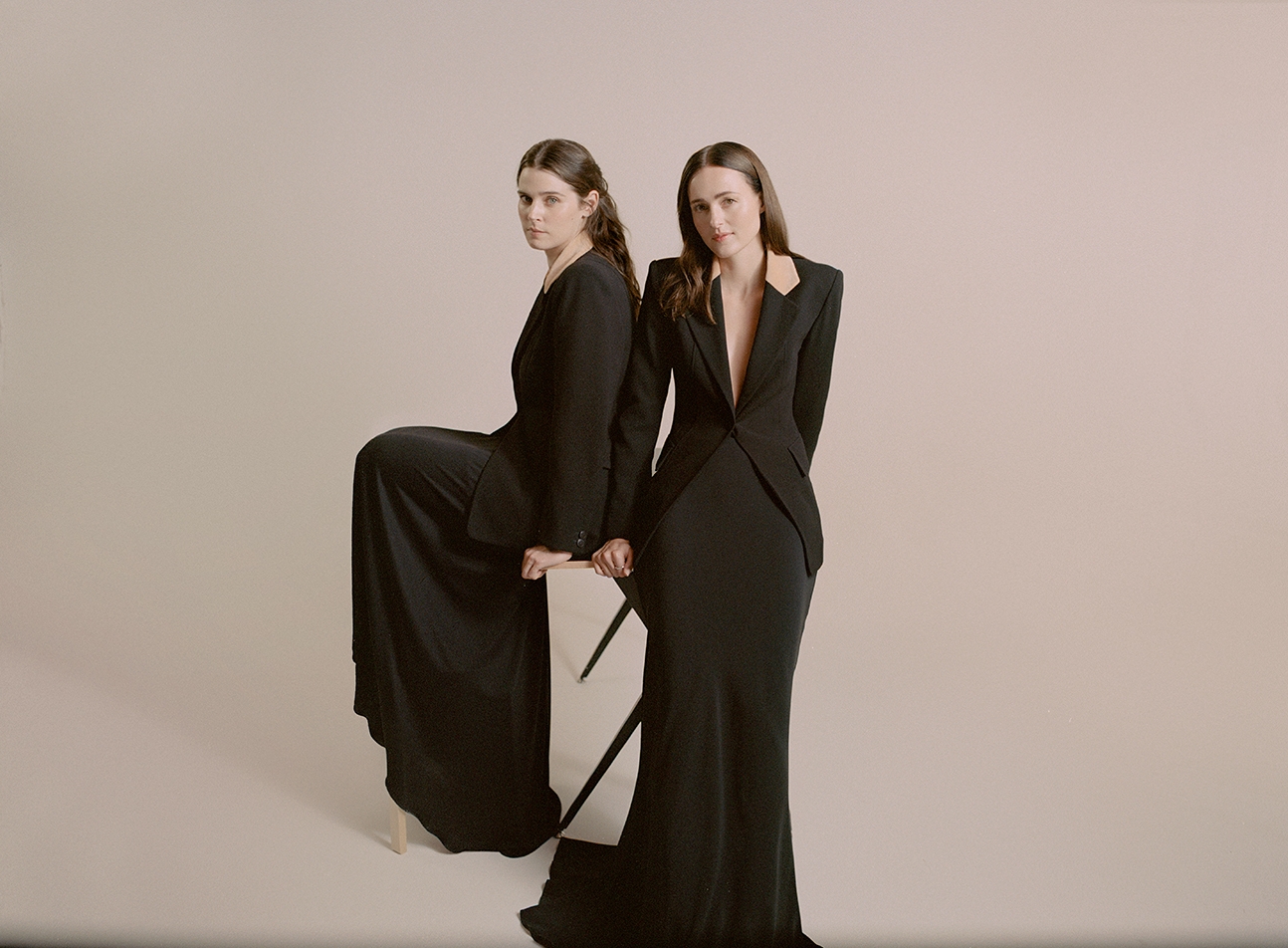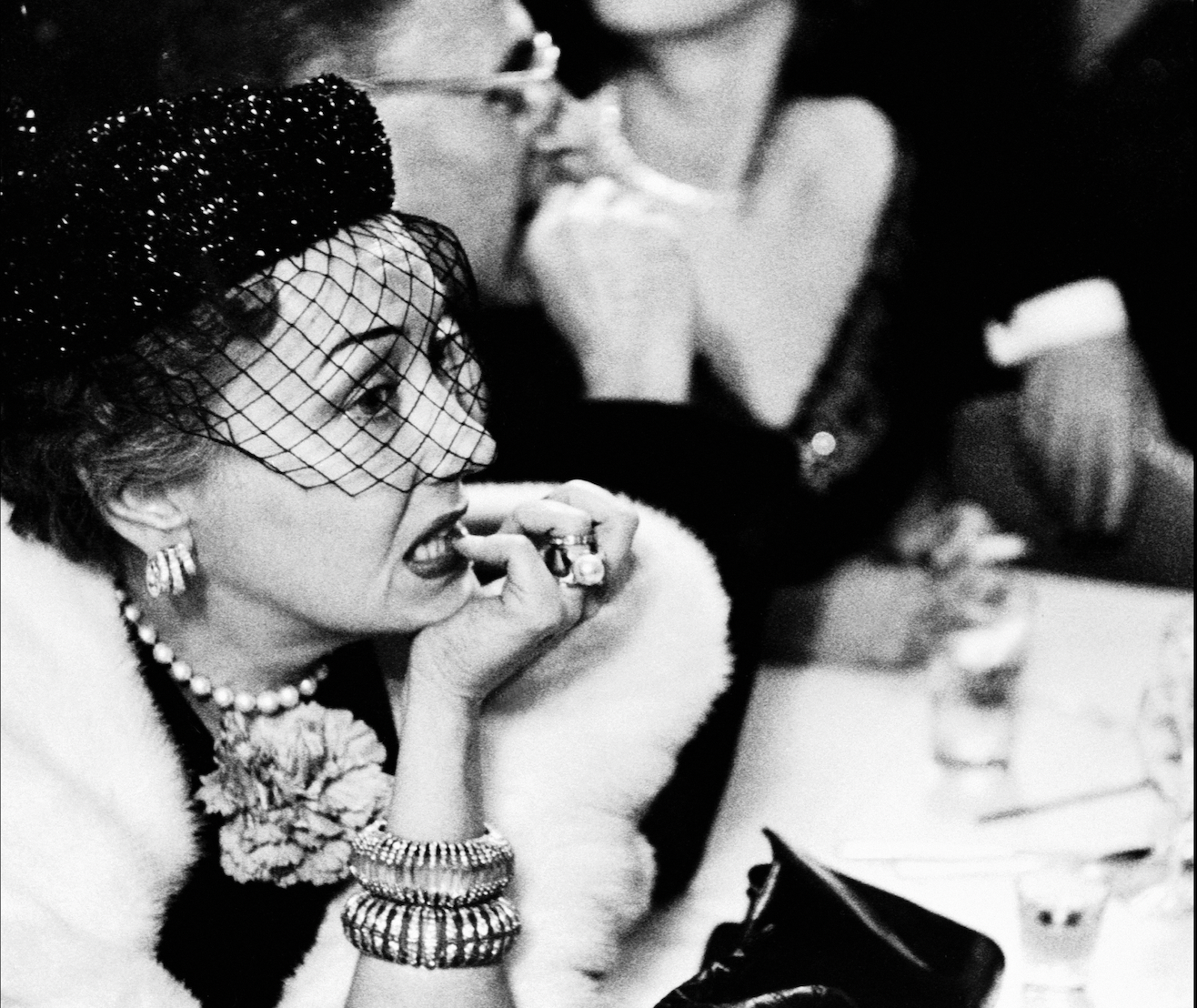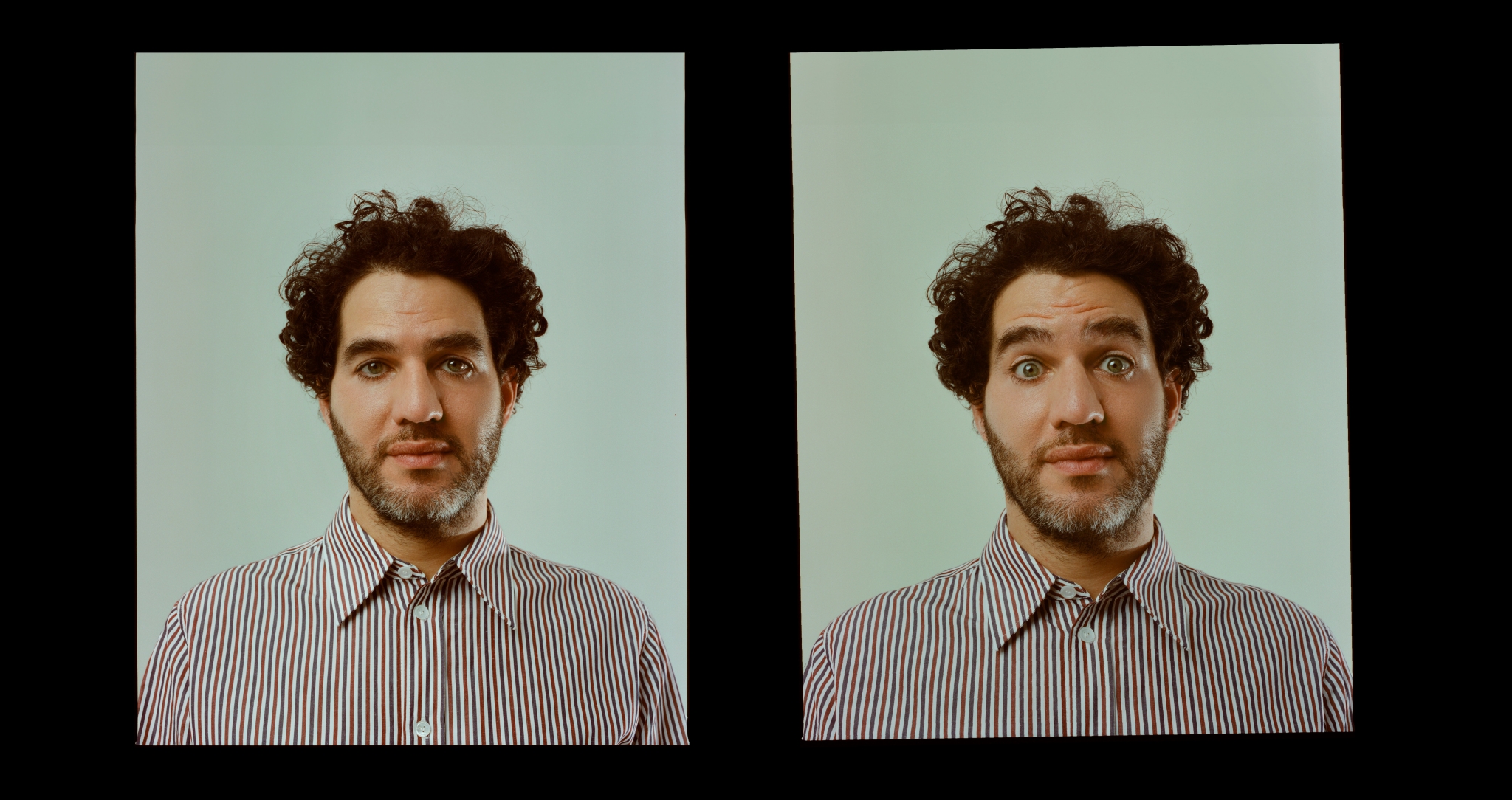
A woman, half her face buried deep into her pillow, awakens. She lazily opens her eyes, just about halfway, to meet the gaze of her lover.
Of all the images that make up Chris Marker’s 27-minute sci-fi opus La Jetée, this is perhaps the only sequence that can, in the technical sense, be concretely defined as “cinema.” Quite the statement, considering its place as one of the most influential sci-fi movies of all time. Rest assured, this isn’t meant as a slight against Marker’s artistry, but rather an argument in favour of it. The astonishing, simple truth of the matter is that this seconds-long shot of a woman waking up from a deep sleep is the only moment in La Jetée where the image and subject on screen is allowed to achieve motion. Everything that comes before and after that brief moment is composed entirely of still images – a collection of black-and-white photographs Marker took himself with his trusty Pentax Spotmatic. If the great qualifier of cinema is a series of images in motion, on paper La Jetée reads more like a storyboard, or a virtual photo-album (albeit the most gripping photo-album you’ll likely ever flick through. Your aunt’s PowerPoint presentation of her church-group’s vacay in China, this is not).
No, La Jetée doesn’t do much in the way of looking like what would usually constitute cinema. But what it lacks in appearance, this tragic sci-fi romance of time-travel through memory more than makes up for in pure cinematic feeling. Narrated by Jean Negroni and backed by an operatic score, the movie takes place in a post-apocalyptic Paris devastated by World War III, so much so that its inhabitants have had to retreat underground to avoid radiation poisoning. Dangerously low on resources, scientists attempt to send prisoners of war through time, in the hope that the past or future can rescue the present. Their attempts have all failed, their test subjects all crumbled to the existential shock of time-travel. Eventually, they find a nameless prisoner whose connection to a specific childhood memory allows him to successfully make round trips back in time. During one of these trips, he falls in love with a woman whose face he recognises from his past.
For a movie that by definition breaks the golden rule of traditional filmmaking, La Jetée – this year having celebrated the 60th anniversary of its original French release – has endured as arguably one of cinema’s proudest achievements. The question: How does a movie strip the medium down to its barest bones while at once radicalising and re-shaping its very form into something unrecognisable, but unquestionably masterful?
Referring to the La Jetée as a “masterpiece” isn’t exactly film criticism’s hottest take. From the comfortable vantage point of 2022, it seems glaringly obvious. It moves and affects, baffles and influences the way great lasting works of art do. Bite-sized and brilliantly conceptualised, it begs repeat viewings. Yet its widely-held classic status feels less like a stale opinion when taking into consideration the time it took for the rest of the world to take notice of this bold little film, and Marker’s work in general.
Unlike the work of Godard, Rohmer, Rivette, and Truffaut – film-obsessed pioneers of a groundbreaking new wave of French cinema – Marker’s authorship remained largely under the radar. He was particularly shy even compared to his peers in the famously low-key left-bank group – a term collectivising French New Wave filmmakers who, while no less groundbreaking, considered cinema as equal to other artistic mediums like literature or photography, a characterisation reflected in their work. This was purposeful, and his committed reclusiveness has by some earned him the title of cinema’s best kept secret.
Although his celebrity aspirations may have been the size of a pinhole, Marker’s ideas were large, fluid, and ambitious, and his output accordingly so. His films benefited from that Left-Bank bohemian tendency to incorporate love of other arts into their execution. Agnes Varda was a photographer and installation artist – her work was experimental and bitingly conscious; Jaques Demy was a lyricist – his films glowed with visual splendour and musicality; Marker – a writer, philosopher, photographer, essayist, and world traveller – had perhaps the most consequential concoction of the bunch, to the point where under heavier inspection it becomes a near-impossibility that anyone else could have dreamed up as ambitious a project as La Jetée, let alone execute it with such epic scale and potency.
In Maker’s similarly mind-bending philosophical travelogue, 1983’s Sans Soleil, he describes the act of remembering:
“I will have spent my life trying to understand the function of remembering, which is not the opposite of forgetting, but its lining. We do not remember. We rewrite memory as much as history is rewritten.”
Photography contains, at its very best, a malleable version of reality. Not an exact replica of a moment, but a breathing, ageing, ever-shapeshifting reflection of a memory. In a world of HD phone cameras, filters, and endless storage space, film photography has seen a resurgence. It’s easy to see why. The imperfect nature of film remains our most visceral real-world representation of memory. Or, as Marker saw it, a waypoint through the passage of time. Marker seemed to understand with crystal clarity that photography, memory, and time travel are essentially rooted in the same soil – respectively, the method, the result, the place it resides. Marker often claimed that the reason there’s only one moving image in the film is due to only being able to afford one afternoon’s use of a motion picture camera. If it was indeed an accident that prompted Marker to use still images, then it’s a hell of a lucky one. In doing so he creates a framework that carries as much meaning as the narrative itself. The images in La Jetée are covered in grain, scratches, and dust. Some are hazy and faded, like trying to pick a childhood memory out of countless created in a lifetime. Each is marked with a photographer’s eye, bringing poignancy to the mundane: a man staring longingly at the back of a woman’s neck as she lifts her hair; a boy standing on a guardrail to get a better view of the people below; an empty, peacetime bedroom that no longer exists.
Negroni’s narration, of course, has its own integral part to play. A testament to the essayist in Marker, abstract musings on the nature of time and memory are expertly weaved into the narrative, connecting concepts to the images on screen like constellations. Hitchcock’s Vertigo, a film Marker obsessed over, is a clear inspiration. As he put it, again in Sans Soleil:
“Only one film has been capable of portraying impossible memory, insane memory – Alfred Hitchcock’s Vertigo. In the spiral of the titles, he saw time covering a field ever wider as it moved away – a cyclone whose present moment contains, motionless, the eye.”
Following in the Master of Horror’s footsteps, La Jetée’s idea of memory (therefore, time), as our protagonist finds, is a spiral: paradoxical and unyielding. The narration goes:
“He realised there was no escape out of time, and that the moment he’d been granted to see as a child, and that had obsessed him forever was the moment of his own death.”
A boy witnesses his own death, that very memory leading his future self back there to die. He remembers the image of a woman overcome with emotion that has haunted him since childhood. In his dying moments he rewrites the memory, realising the emotion he saw was despair.
For a film so singular in execution, La Jetée’s hold on science fiction is undeniable, and many filmmakers since have approached ‘memory’ as a by-product inherent to the genre. Terry Gilliam’s 12 Monkeys comes to mind, itself considered a loose remake of La Jetée. Though, 60 years on, none come quite as close to capturing the harrowing, profound nature of memory quite like the French New Wave’s most reclusive auteur. Well, except, perhaps, for Vertigo.

